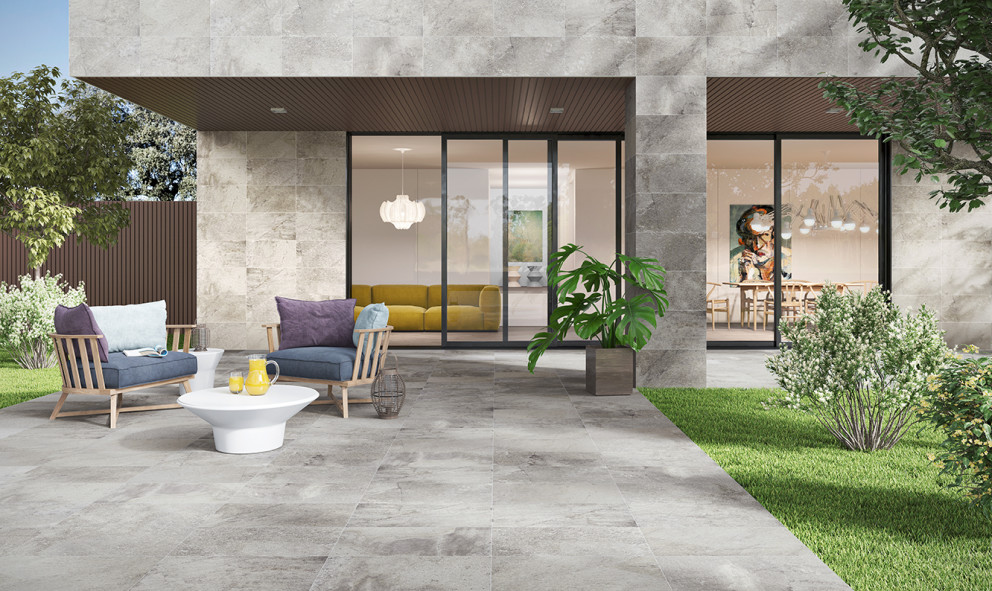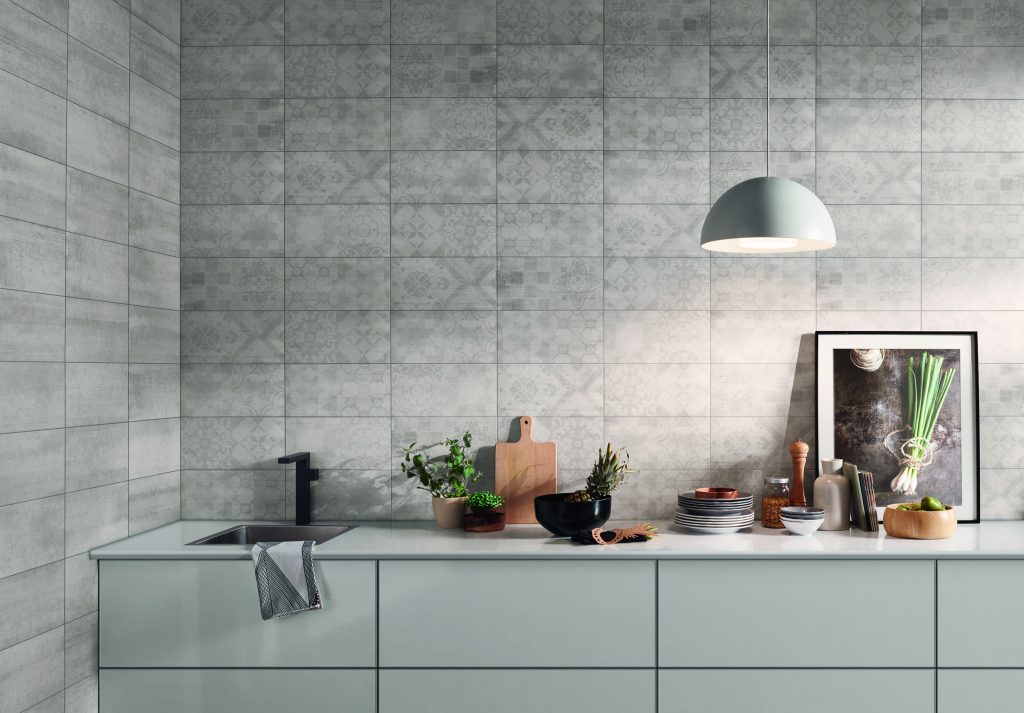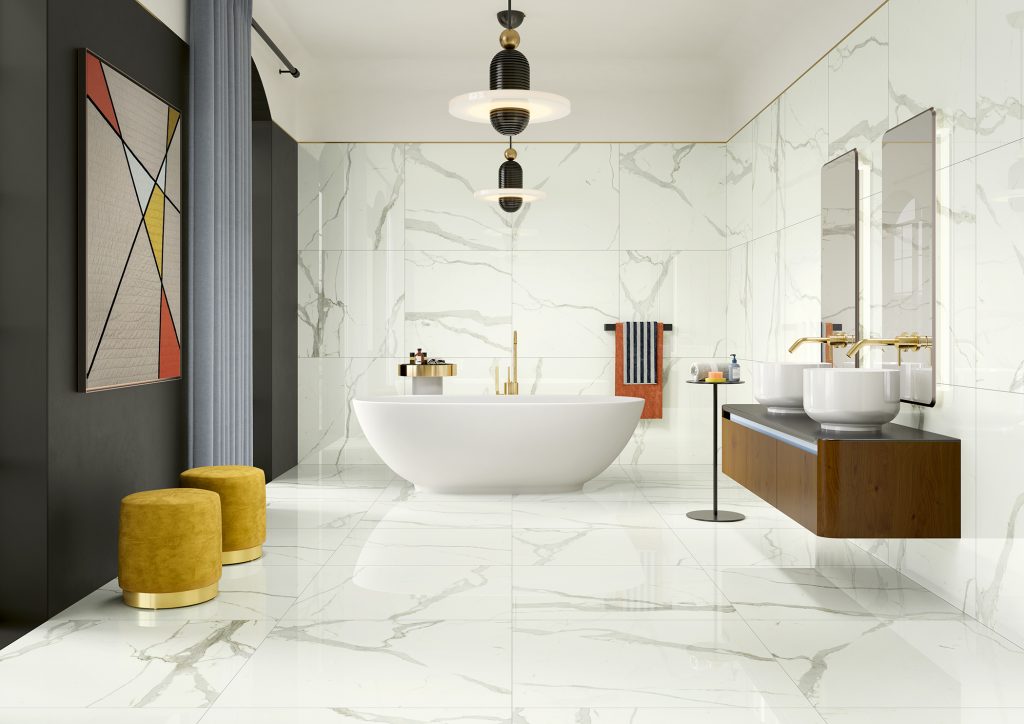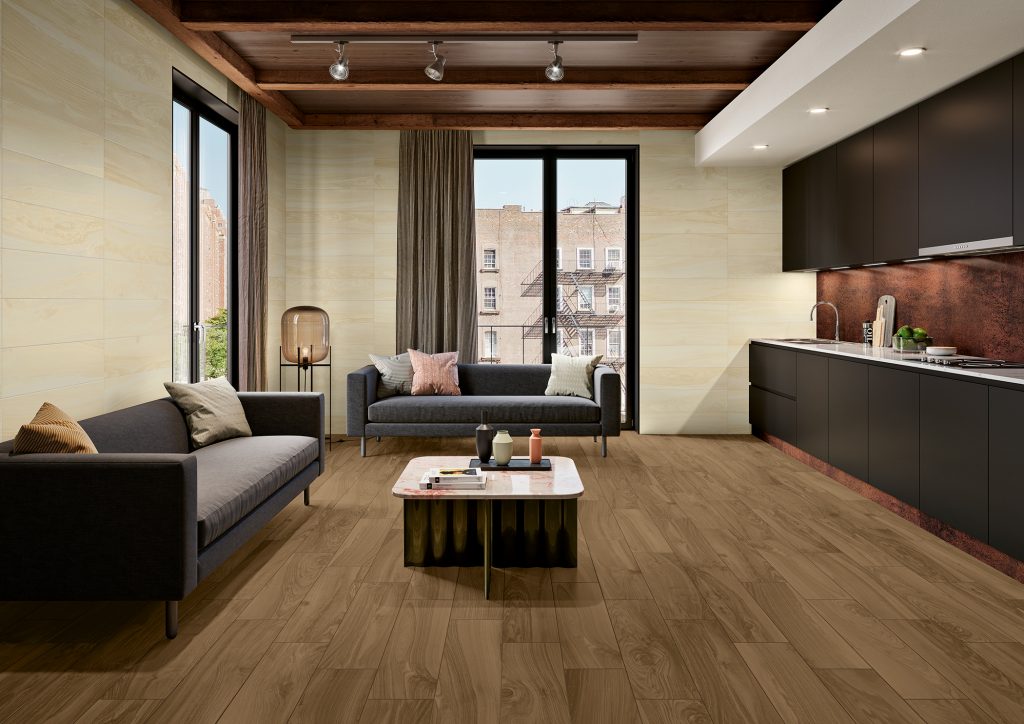
Ceramic coatings are enshrined in European standards comprising the definitions, classifications, characteristics and marking requirements for these products, namely through the standard NP EN 14411: 2008, where ceramic wall and floor coatings are defined as “thin slabs clay and other inorganic raw materials”.
These materials have evolved significantly over the years due to the increasing technological innovation in the manufacturing industry and ceramic coatings of different porosities, sizes and shapes are currently available on the market for application in different areas, both indoors and exterior of buildings, under a wide spectrum of extreme weather conditions.
As a result of technological developments and continuous research, ceramic tiles have features and advantages that make them the most suitable tiles for any project, whatever the area of application.

Ceramic Coatings are:
-
Abrasion resistant
-
Acid resistant
-
Thermal shock resistant
-
Stain resistant
-
Resistant to sun exposure
-
Chemical resistant
-
Fire resistant
In addition:
-
They do not emit any type of substance (zero emissions);
-
They’re inert and antibacterial;
-
Durable (40 years is the expected lifetime value of a porcelain tile, versus 6 years for carpets, 10 years for vinyl and 15 years for natural woods);
-
Easy to install;
-
Simple to maintain and cleanable with water only, which not only reduces costs, but also eliminates the risk of pollution from the use of cleaning products.
Traditional ceramic materials onsist of a mixture of different minerals in which the main constituent is clay (decomposition of rocks rich in feldspar). In order to obtain the final product, it is necessary to consider a set of characteristics related to the proportion and type of raw materials used, the conditions of the manufacturing processes and their specificities, allowing the control and optimization of specific properties.
Within the ceramic tiles there are 3 types:
-
Wall coverings;
-
Stoneware Coatings;
-
Porcelain stoneware coatings.
Wallcoverings, as its name implies, are wallcoverings intended exclusively for indoor wall application. They are obtained from a precise mixture, subjected to a specific thermal cycle, which allows to obtain products of great aesthetic value, with various solutions in terms of color variations, decorative images, light reflection and textures.
Compared to the other types of ceramic tiles, the wall tiles have a high water absorption capacity due to their porosity, being over 10% and up to 20%.

Stoneware tiles are characterized by their low porosity and consequent reduced water absorption. Depending on their state of vitrification, water absorption may vary between 1 and 6%, and commonly manufactured products typically have values below 3%. Thus, mechanical strength, chemical resistance and wear resistance, as well as resistance to frost-thaw action, also depend on the glaze that is applied superficially.
Ceramic stoneware is suitable for both floor and wall coverings and comes in a variety of shapes, colors, textures and decorations.

Porcelain stoneware is a glazed ceramic coating in all its mass and with a very small porosity. Water absorption capacity is extremely low compared to other ceramic tiles, generally less than 0.5%. These characteristics give excellent mechanical properties, namely, flexural and wear resistance, chemical attack resistance, resistance to aggressive weather conditions, which gives porcelain stoneware great potential in the application of building coatings, both on walls and floors of residential or commercial buildings for indoor or outdoor spaces. It is often used in demanding areas, such as places subject to excessive abrasion, in areas of high pedestrian traffic, or in extremely cold and extreme thermal conditions.


